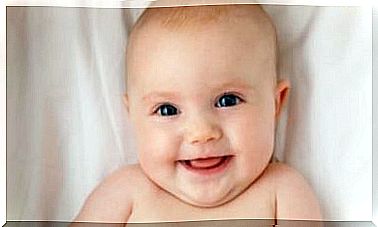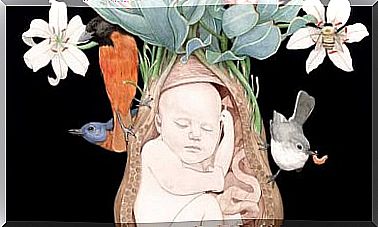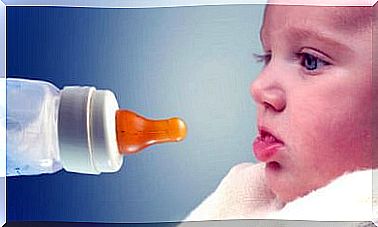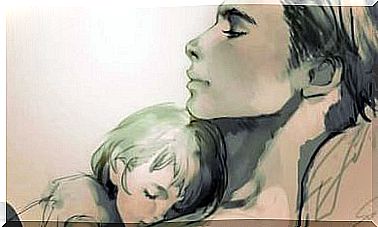Chronic Urticaria In Children
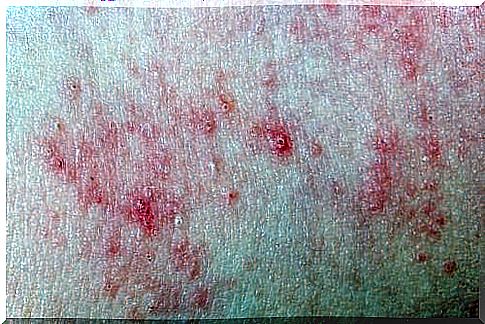
Typically, a rash can last only a few hours or perhaps days. When they are still within six weeks or less, they are considered to be acute. While those that persist for more than six weeks onwards can be considered as a case of chronic urticaria in children.
Chronic urticaria in children are the set of alterations that occur in the epidermis. These are skin rashes that can last for more than six weeks and are usually the result of an allergic reaction.
In other words, rashes are a common biological reaction to allergens. Of course, rashes cause discomfort and therefore need to be given due attention and care until they disappear completely.
Chronic hives in children can present in the form of hives, bumps, or welts. They do not have a defined place of appearance, since they appear in isolation, or as agglomerated lumps in a large part of the skin. For example, they can affect an entire arm or only a point of it.
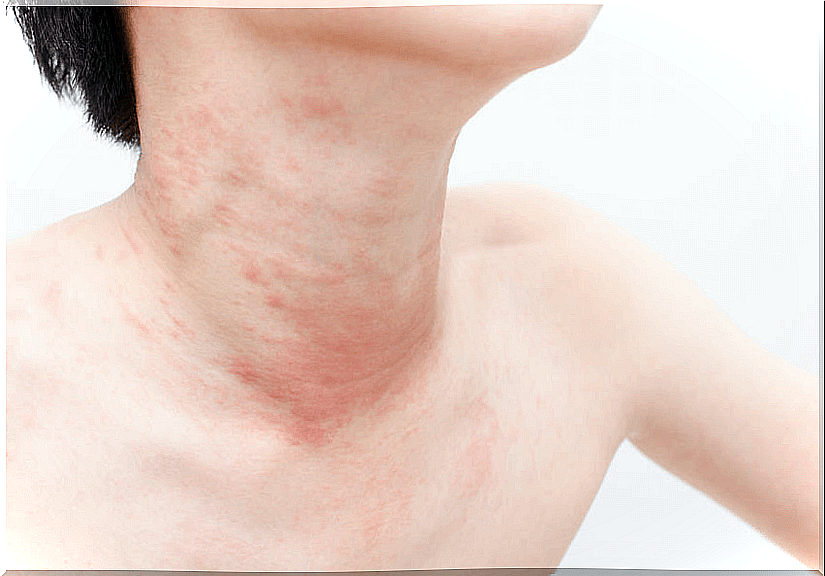
Causes
This condition occurs when mast cells in the bloodstream reject the chemical histamine. This causes the blood vessels (small in size) located under the skin to open. In this way, the fluid accumulates inside the skin and gives rise to pimples, hives or welts.
An exact cause cannot be determined, because there are many reasons why they can appear. Also, keep in mind that each body reacts differently.
In view of the above, in many cases, the cause cannot be identified. What is certain is that in most cases chronic urticaria in children is related to:
- Immune system diseases.
- The bite of some insect.
- Medicines.
- Food.
Symptoms
The predominant symptom in chronic urticaria in children is the appearance of welts or hives that protrude from the epidermis. These can have different shades and in their central part they are usually paler, they can be crowded or isolated.
In addition, they change location and shape in just hours. Their size varies and they are regularly accompanied by itching, stinging and a burning sensation.
Depending on the type of hives, it may reflect swelling or inflammation. In severe or chronic cases, this inflammation affects the inside of the throat, causing:
- Fatigue.
- Difficulty breathing.
- Loss of consciousness, which is related to anaphylactic shock.
Diagnosis
Through a physical exam, doctors can quickly establish the diagnosis. As already mentioned, the cause is something that needs to be examined carefully, so the doctor will surely ask a series of questions to find out the history of the child and what was his last exposure to a possible allergen.
To determine the cause, the pediatrician will ask you to keep a daily record of what the child consumes. In addition to performing diagnostic tests, such as a blood test.
One of the ways to determine if your child has chronic hives is to place some ice on the skin and assess the skin’s reaction to cold. Other doctors often use sandbags or a heavy object to press on the muscle to see if the pressure causes a rash to appear on the skin.
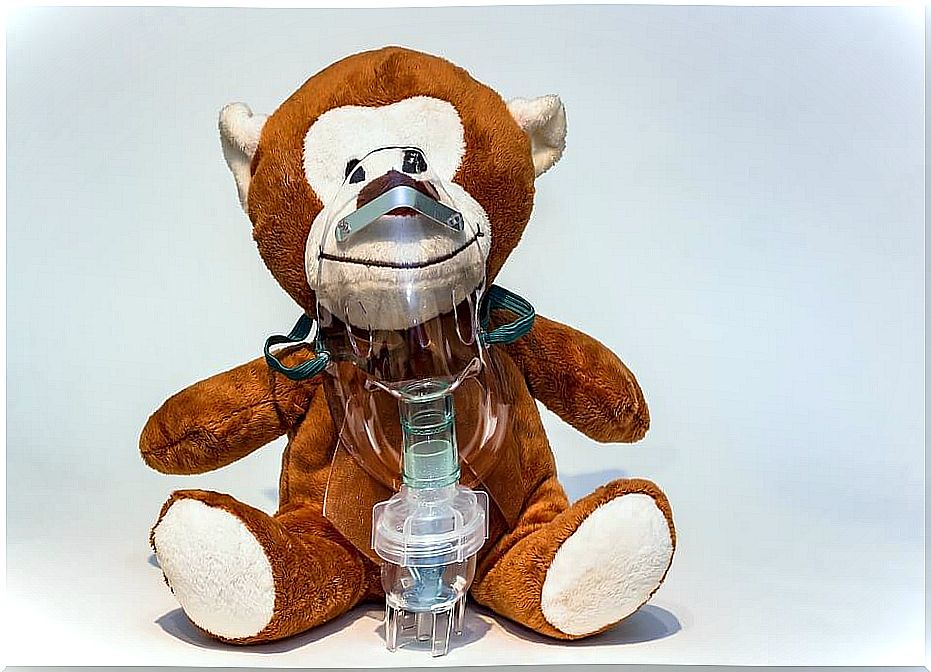
Treatment of chronic urticaria in children
Mild hives usually go away on their own, so they do not require treatment. However, in the case of chronic urticaria in children, the trigger for this condition should be identified to avoid it, as far as possible.
When chronic urticaria in children manifests through hives, the pediatrician will surely indicate the administration of an antihistamine to stop the release of histamine into the bloodstream and prevent outbreaks. The child should NOT be medicated without prior medical consultation under any circumstances.
When the medication does not work without the sedative effect, a stronger one or some combination of medications will be indicated.
Oral steroids may be prescribed in some cases of chronic urticaria in children, which should be given for a short period not to exceed 5 days or 2 weeks. Keep in mind that it is not good to expose the child for a long time to the effects that steroids cause.
Faced with chronic urticaria in children, do not be alarmed but try to be delicate and seek solutions. As with many skin conditions, the important thing is not to apply ointments and to avoid home remedies.

